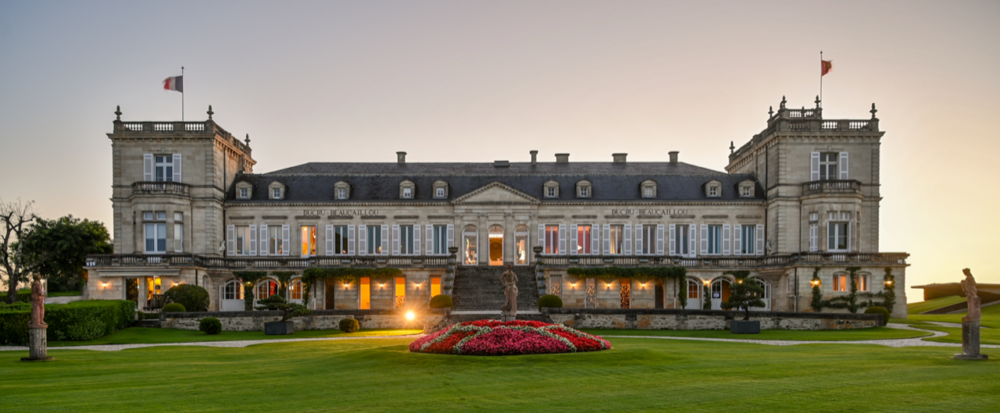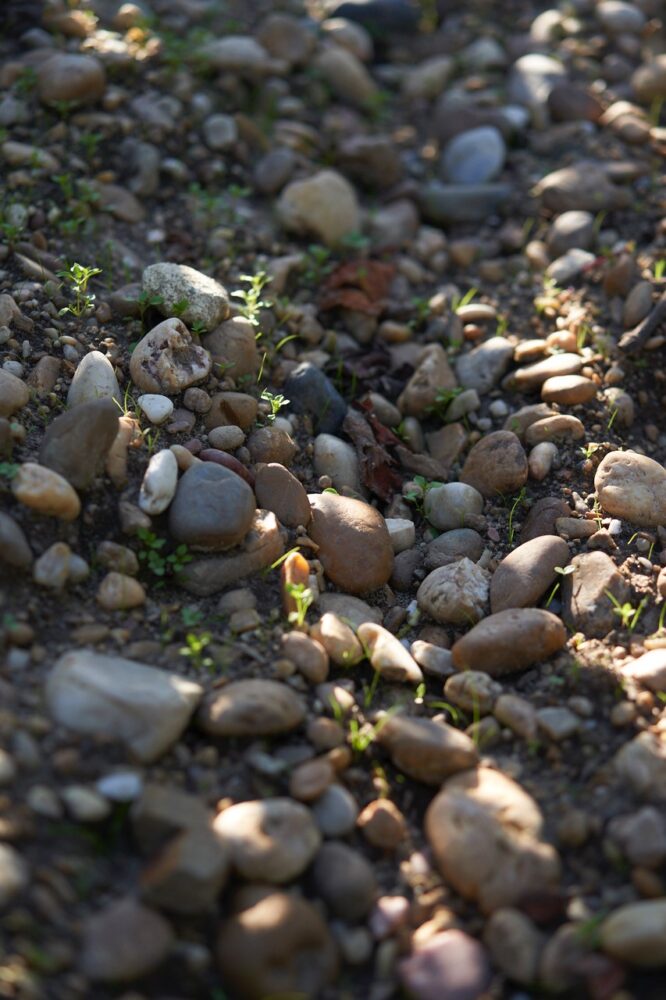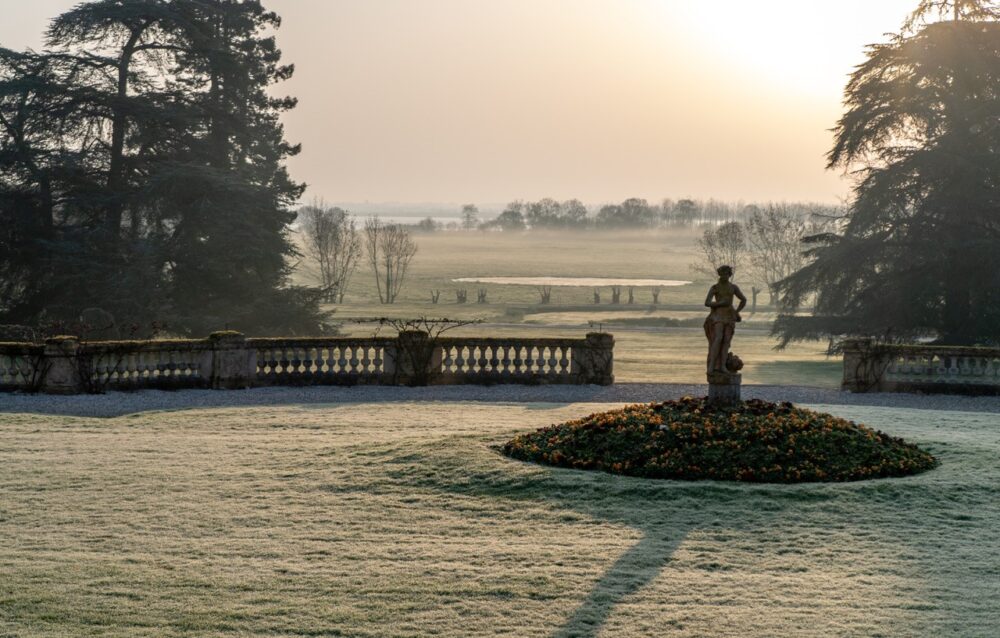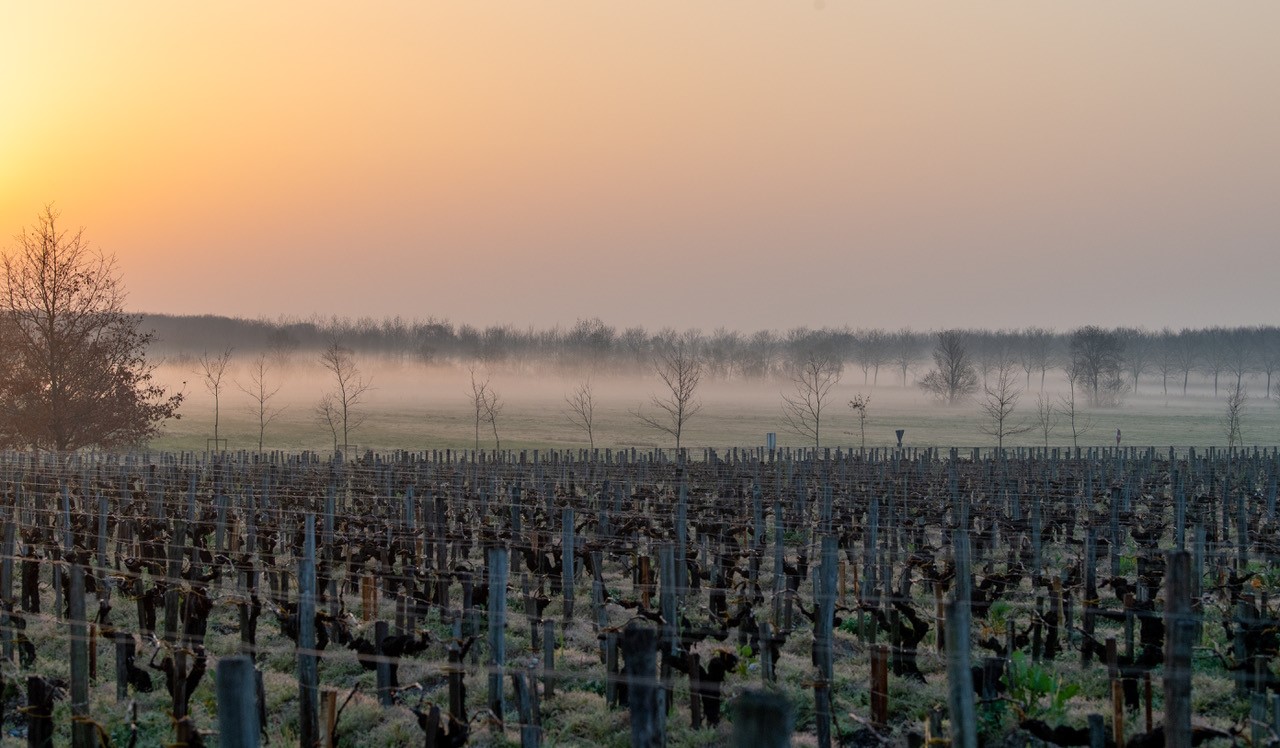
During a recent trip through Bordeaux, I was able to sit down and taste an incredible retrospective of Château Ducru Beaucaillou. The focus of the retrospective was on the wines of Bruno Borie starting in 2003 through 2020, but several older vintages were also presented.
Named after the larger pebbles that define the soils around the estate, Château Ducru-Beaucaillou’s history goes back to the 13th century. However, the Borie family history with the château began in 1942, when Francis Borie purchased the estate from Fernand Odon Desbarats de Burke, and it has remained in the family since then, passing from generation to generation. It was in 2003 that Bruno-Eugène Borie took over the management of the château from his parents, Jean-Eugène and Monique Borie. Bruno quickly went about slashing yields and implanting a draconian selection, which has culminated in this château today having not only a second wine but also a third wine in 2019. In addition, farming has been moved to all organic as of 2018.

Beaucaillou translates to beautiful stones, and you’d be excused for thinking you were in Châteauneuf du Pape while approaching the château. Today, Château Ducru-Beaucaillou covers 105 hectares, with 90 hectares of vines in production and 15 hectares in regenerative fallow, all located at the southern end of the Saint-Julien appellation, just north of Château Beychevelle. Vine age averages 40 years with some of the oldest vines checking in at over 110 years in age. The estate is planted to roughly 70% Cabernet Sauvignon and 30% Merlot, with their plantings of Cabernet Franc and Petit Verdot being replanted. The vines are planted to 10,000 vines per hectare, with yields averaging a tiny 31.3 hectoliters per hectare over the past five vintages.
In addition to bulking out 10-15% of their production, they produce three wines today: the entry-level Petit Ducru de Ducru-Beaucaillou from their western vines, the second wine of the Château La Croix Ducru-Beaucaillou (created in 1995) coming mainly from the southern slopes around the stream of La Mouline, and the Grand Vin Château Ducru-Beaucaillou, which comes from only 27% of the production and the deepest, gravelly soils around the estate.
As to the winemaking, vinification occurs in stainless steel tanks on a parcel-by-parcel basis, with a long maceration, malolactic fermentation in tank, and the élevage occurring all in French oak and spanning roughly 18 months. It’s worth pointing out that while the fashion in Bordeaux has been less and less new oak, Bruno has thankfully taken his own path and has invested an incredible amount of time in the selection of oak and quality of the élevage. The wines today are raised all in 100% new barrels. Oenologist Eric Boissenot also lends his expertise.

Château Ducru-Beaucaillou’s beautiful stones…
Not enough can be said regarding the changes that have been implemented by Bruno over the past two decades, and I would argue that one of the most important is the selection implemented today. The château routinely produced upwards of 20,000 cases of the Grand Vin throughout the 1980s and 1990s, but it wasn’t until the arrival of Bruno that a strict terroir selection was implanted, and today production levels average from 6,000 to 8,000 cases per year of the Grand Vin. In addition, the quest for uniformity and ripeness, as well as a manic attention to detail, give the Grand Vin not only power and richness but incredible finesse and elegance. Château Ducru Beaucaillou has been called the Lafite of Saint-Julien in the past, and I think that comparison has never been truer than today. However, this château stands on its own, undeniably producing wines that rival anything in the world today.
Looking at the wine reviews, starting with the 2003, this is a vintage that Bruno is very proud of, and rightly so. Tasted blind, you’d be hard-pressed to know it came from a scorching hot vintage, and this beauty is impeccably balanced with a remarkable blend of richness and freshness. While the 2003 vintage has its challenges, the Northern Médoc has unquestionably produced some of the finest wines in the vintage, and you could put the 2003 Ducru-Beaucaillou up with the best. The 2004 is solid, with good concentration as well as the vintage’s more foursquare, yet classic style. It’s also fully mature, and as I say in the review, it will be loved by the old school Bordeaux lovers out there.
Also clearly in its drinking window, although much younger, the 2005 is powerful and structured with beautiful purity of fruit. The serious tannins of the vintage are still there but are integrated, and the balance of this beauty is spot on.

Both 2006 and 2007 are charming, textured, layered wines that are fully mature and drinking beautifully. Both have classic profiles, and I would drink bottles over the coming decade, yet I have no doubt they’ll evolve longer. The 2008 was singing. This was the finest bottle I’ve had, and I’ve been through close to a case. Still deep ruby/plum-hued, it has incredible purity and precision yet brings a deep, concentrated profile on the palate, with a regal elegance that’s something to behold. You can still find this beauty in the market for reasonable prices, and it’s as good as anything in the vintage.
As to the 2009 and 2010 duo, these are as good as it gets in this reviewer’s opinion, although stylistically they’re worlds apart. I’ve always said that the 2010s will live longer, but I’m not convinced they’ll ever offer the sheer pleasure of the 2009s. Still, it’s impossible not to absolutely love both of these vintages. While the 2009 is more open, expressive, and sexy, the 2010 is deeper, more focused, yet insanely pure and balanced. If you have either of these in your cellar, count yourself lucky. Both vintages are open and drinking well, with long lives ahead. These are magical wines.
Moving into the 2010s, the 2011, 2012, and 2013 are all charming, classic, and satisfying wines that showed well. I prefer the 2012 of the trio, but the 2013, coming from a very challenging year, is no slouch and is an outstanding wine.

From an underrated vintage, at least as far as the Northern Médoc is concerned, the 2014 is another wine that classic Bordeaux lovers should snatch up, as it’s concentrated, balanced, and as textbook Saint-Julien (and Ducru-Beaucaillou) as it gets. The 2015 showed consistently (I actually prefer the 2014) with a medium to full-bodied, elegant style that belies the heat of the vintage. The 2016 is reminiscent of the 2010 in a way, yet there’s a touch more seductiveness and opulence, and you could think of this as a hypothetical mix of the 2009 and 2010. It’s another absolutely legendary wine from this team. The 2017 shows how good this estate is in the so-called “off-years” and is a stunning, classic wine that offers pleasure already yet has 20, 30, and possibly 40 years of prime drinking ahead of it.
Lastly, the 2018, 2019, and 2020 are all incredible – if not legendary – wines, and even at this young age offer immense pleasure. (No, they are not mature.) The 2018 is a touch more majestic compared to the more classic 2019, and the 2020 is concentrated, powerful, and inward, and I suspect it will evolve along the same track as the 2010.

